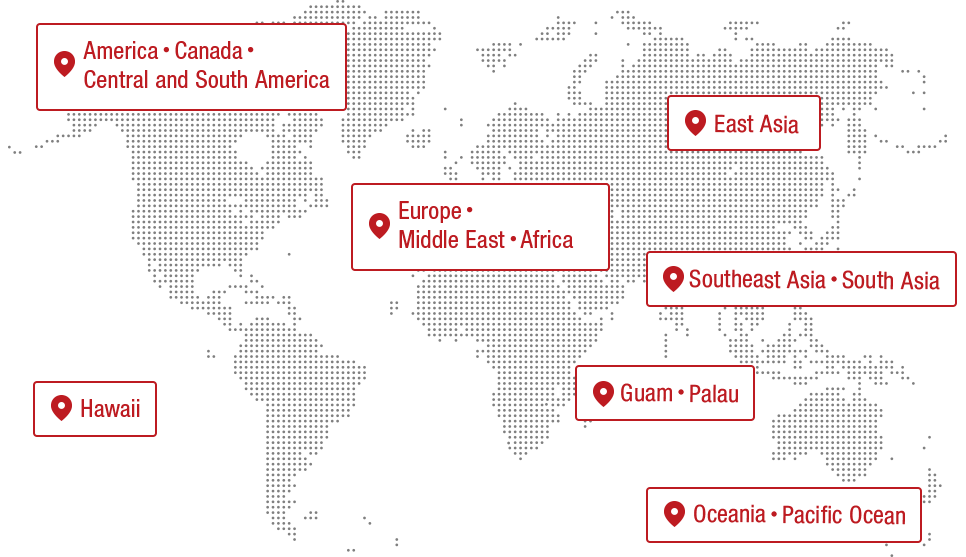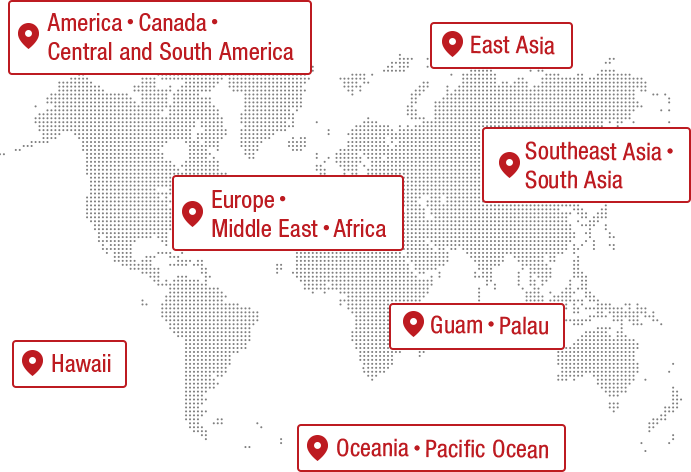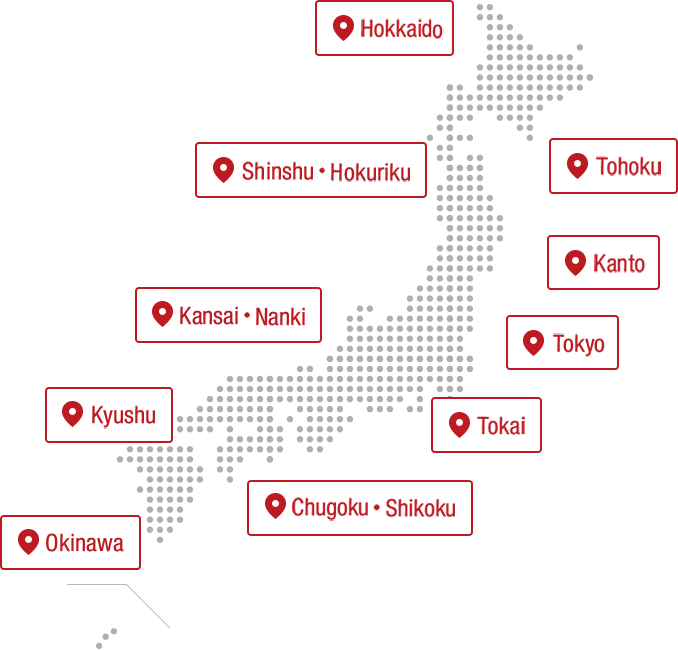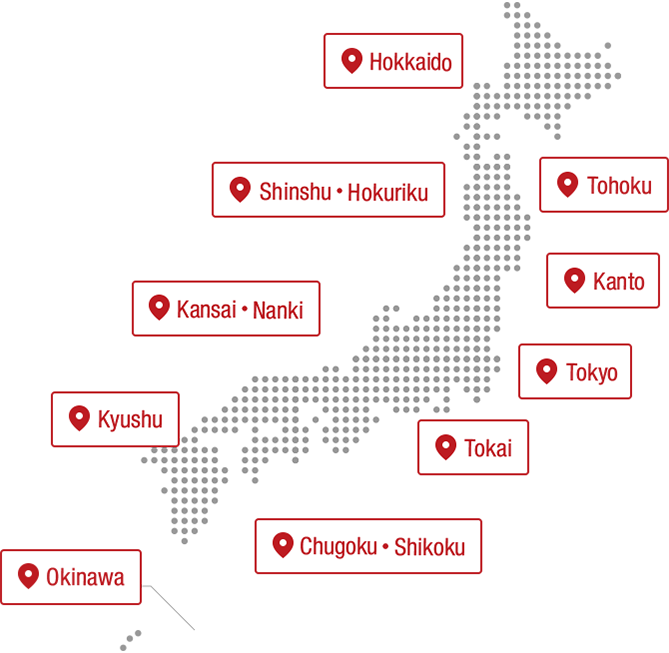In addition, as a tourism ambassador, I will be introducing new food spots and specialties of Shimane under the title "Not just Shimane."

Ai Nishimura
Administrator of the blog "My Diary," which began in 2004. A writer who has traveled to all 47 prefectures and loves local culture and history.
Author of Shimane's "Geography, Place Names, and Maps" Mysteries (Jitsugyo no Nihonsha), My Town is the "Number One in Japan" Dictionary (PHP Institute), and Prefectures Explained in Neko Neko Japanese History (Jitsugyo no Nihonsha). Official blogger for Suntory Gourmet Guide, official top user for Retty, and official platinum blogger for Excite.

Matsue Station is 30 minutes from the airport! Here's how to get to Matsue Castle.
I headed to Izumo Airport at the beginning of September. This year's weather was the complete opposite of Tokyo, and it was very hot in Shimane. However, it was starting to get a little cooler in the mornings and evenings. Rice ripening under the blue sky!
The Hikawa district, where the airport is located, is a large agricultural area with vast plains, rice fields, flower fields, and in season, wheat is grown.
Izumo Airport is conveniently located about 30 minutes from Matsue City and Izumo City, the two largest cities in Shimane Prefecture. First, take the airport bus to Matsue Station.
You can use the "Gurutto Matsue Lake Line" bus from Matsue Station to Matsue Castle. A one-time ride costs 200 yen, and a one-day pass with unlimited rides costs 500 yen. It stands out with its cute design.
However, this time I took a taxi to the castle. Once you get to Matsue Castle, you can walk around the area. The taxi ride is about 1000 yen and you get some change back.
This is a problem for those of you who rent a car. The parking lots around Matsue Castle are crowded on weekends. In that case, you can park at the prefectural office next to Matsue Castle. It is open to tourists only on weekends and holidays!
Take the airport bus for 30 minutes to Matsue City.
We arrived at Izumo Enmusubi Airport.
Take the airport bus for 30 minutes to Matsue City.
A beautiful rural landscape of the Hikawa Plain. Kitayama can be seen in the distance.
From Matsue Station, there is a circular bus called "Gurutto Matsue Lake Line" that will take you around the tourist spots. It's retro and eye-catching, so it's easy to find the boarding point!
Matsue Castle, a national treasure, and prayer tablets found in a shrine storehouse
In 2015, Matsue Castle's castle tower was designated a national treasure. It is one of the 12 remaining castle towers that have survived to the present day without being burned or destroyed. At the beginning of the Meiji period, the government issued an order to demolish castles all over Japan that could no longer be maintained. Matsue Castle was no exception and was to be demolished, but thanks to local residents who paid the government 180 yen (the amount at the time), the castle tower was bought back from the government. Matsue Castle has been preserved in this way, and you can still see its former appearance today.
However, that alone was not enough to make it a national treasure. Along with Matsue Castle, we also recommend visiting Matsue Shrine, located right next to the castle. The storehouse visible in the back between the pale green Western-style building Kounkaku and the shrine was the key to its national treasure status. A prayer tablet with the year Matsue Castle was built written on it was found in this storehouse, making it clear that the castle was completed in 1613. This led to the castle being designated a national treasure.
Matsue Castle, a national treasure, is also known as Chidori Castle. The protruding part in front is the "Tsuke-yagura" (attached turret). Entering here leads to the first basement floor. This castle has many battle elements, and the castle is decorated with details from when it was actually attacked.
Matsue Shrine was relocated to the upper level of the Ninomaru section of Matsue Castle. The upper level of the Ninomaru section was originally the residence of the feudal lord. It was also where the political departments gathered, and apparently the Ooku was also located!

In 1899, Matsue Shrine was moved here and remains there to this day. Horio Yoshiharu, known for building Matsue Castle, the first head of the Matsue Matsudaira clan, Naomasa, the seventh head, Harusato, and Tokugawa Ieyasu are enshrined here.

Right next door is the Western-style building "Kounkaku." Inside, there is a cafe and exhibits on the history and people of Matsue. It was the guesthouse where the Crown Prince (later Emperor Taisho) stayed during the Meiji period.
A quiet storehouse lies between Matsue Shrine and Kounkaku. Inside this storehouse, the prayer tablets that helped Matsue Castle get designated a national treasure were discovered.
The chrysanthemum crest on the roof is also a highlight. The Matsudaira family, who ruled Matsue Castle, were of Tokugawa descent, and Matsue Shrine was originally built as a Toshogu Shrine.

This Chozuya (purification fountain) is a masterpiece built approximately 400 years ago.

Matsue Castle is a fully combat-oriented castle. Above the entrance, there is a mechanism for dropping stones. Bows and stones fly out of the slits. Scary!
You can see the Shachihoko on the roof. It is made of pine wood and has copper plates attached. It looks green and copper on the roof.

You can see the details clearly. It's amazing that something so heavy is on the roof...
Here it is!! It says that when Matsue Castle was constructed, a monk from Daisen-ji Temple came and "read the Great Prajnaparamita Sutra 600 times and prayed." In reality, it would have been impossible to read it 600 times, so it seems he just flipped through a bellows-shaped copy of the sutra.
The inscription "1601" and the faint sun-bleached mark on the pillar where the prayer tablet was supposed to be attached, as well as the nail marks on the pillar and tablet, finally led to the tablet being recognized as a national treasure. If the pillar had been replaced during the restoration, it may not have become a national treasure, which feels like fate.

This is the inside of the castle. Because it was built in five years, it was difficult to gather enough wood, so the defective wood was wrapped with boards and secured with iron. The intention was to hide cracked and damaged wood.

The fan given to him by Sanadamaru (Sanada Yukimura). It is said to be a military fan given to Matsudaira Naomasa, the first lord of the Matsue Matsudaira clan, during the Winter Siege of Osaka.

I thought the upside-down heart was cute...♪ but it's actually a boar's eye. Calm down. A boar's eye is not cute at all. It's the seal of the Matsue Domain.

The view from the top of the castle tower is amazing! Lake Shinji and Yomegashima Island can be seen, and the Prefectural Art Museum can be seen to the left. There are not many tall buildings, so you can feel Matsue Castle's role as a landmark.

The stairs are steep, so please be careful when going down. They are also slippery, so you need to walk carefully to avoid danger.
Let's climb Matsue Castle
The first thing that is impressive about Matsue Castle is its stone walls. It is known that the stone was cut and transported from the coast of the Shimane Peninsula under the supervision of the Anō-shu, a group of stone wall craftsmen. There are various construction methods, and the castle is like an exhibition center for stone walls. The restored tower on top of the stone walls is also cool and a must-see.
Important things in the castle are the place where prayer tablets were hung, the largest shachihoko statue still standing, the tsutsumiita (a wooden board wrapped in a paper) on a pillar, and the fan bestowed by Sanadamaru. From the top floor, you can get a great view of Matsue and Lake Shinji. Come and enjoy the feeling of being a lord!
Now, since we're here, let's take a look at the stone walls. The "kirikomihagi" style is used to create small gaps between stones that have been processed and fitted together. As you enter, you'll see the stone walls of the upper tier of Ninomaru, seen from the horse trap, directly in front of you. They are 14 meters high and carefully finished.
All that remains of the Otemon Gate is its foundations. It is believed to have been magnificent and magnificent. They would like to restore it, but there is no documentation, so Matsue City is offering a 5 million yen (!) prize for the photographs and documentation necessary for the restoration. Gather up the documentation.
Looking up at the Taiko Tower, the corners of the stone wall are made using the "sangizumi" construction method, in which thin stones are piled up one after the other, one long and one short. This construction method makes the wall stronger and less likely to collapse.
This is "Uchikomi Hagi", where small stones are stuffed between the stones.
This is the lower level of Ninomaru, where the rice storehouse once stood. Now, events such as tea ceremonies are held here. Underground ruins lie here.
The view of the castle from below is also beautiful.
Stone walls with many layers. Sorry for being so persistent. I love stone walls.
This is a "nozurazumi" style wall that uses natural stones as they are. This is the stone wall that made me fall in love with stone walls. This is the back side of the castle, but it's a place with such an atmosphere that it wouldn't be strange if a samurai suddenly jumped out from somewhere. It's no exaggeration to say that the best part of a castle is in its stone walls!
The contents published are accurate at the time of publication and are subject to change.































